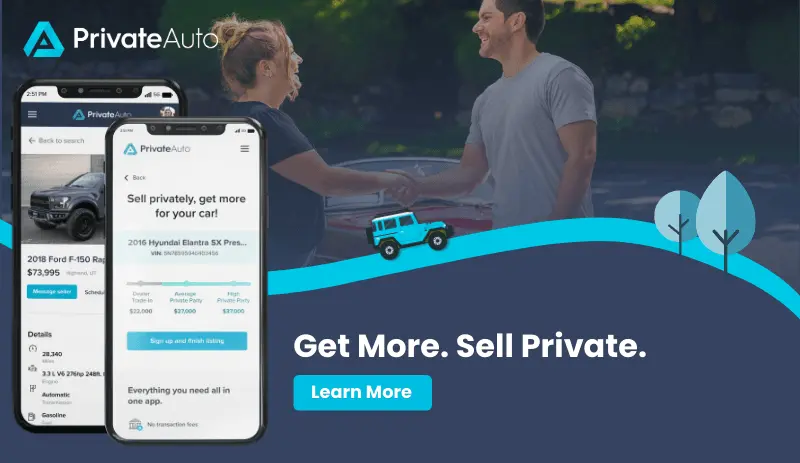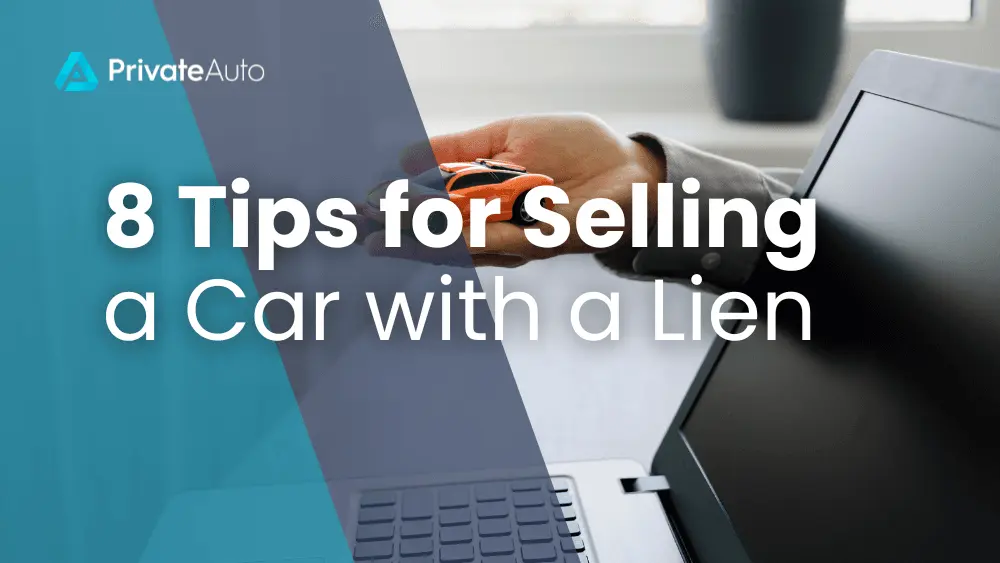A vehicle is one of the most expensive purchases families make, second only to housing. Average new car prices hovered right around $40,000 in 2020, so it’s not surprising that folks take out a loan to help cover the purchase. This loan includes a lien placed on the vehicle by the lender. This means the lender actually owns the car until you’ve paid the debt. Of course, lenders aren’t the only agents able to place liens on vehicles – mechanics, tow operators, and storage facilities can also do so for unpaid bills.
It might not feel great knowing someone else can hold ownership papers over your head for something in your possession, but it’s actually more common than you’d think. Just because you’re still paying on your current vehicle doesn’t mean you can’t sell it. Many people outgrow a sports car when they start a family, for instance. Selling a car with a lien can be done – it’s just more complicated than a traditional car sale, especially if you hope to maximize your profits by selling to a private buyer.
Even that’s doable, especially if you’ve got patience and the correct information. You’ve got several options available for selling a car with a lien on it. Here’s a list of tips to help make the process as smooth as can be:
1) Tell the buyer.
1) Tell the buyer.

2) See how much your car is worth.
2) See how much your car is worth.
3) How much do you still owe?
3) How much do you still owe?

4) Decide if you want to trade up at a dealership or sell your car to a private party.
4) Decide if you want to trade up at a dealership or sell your car to a private party.
5) Transfer your loan or debt to the buyer.
5) Transfer your loan or debt to the buyer.
In many cases, especially a car loan, you can transfer the lien to the buyer. Usually, the buyer must qualify for contract assumption with whoever currently holds the lien. If the lien is held by a lending institution, this may involve a credit check or other means of determining creditworthiness. If the lien is held by a tow truck company or mechanic, chances are the buyer will just need to present information that shows their ability to pay off the lien.
Transferring the lien in this manner:
- Makes sure the contract is paid off.
- Protects all parties from fraudulent activity.
It’s not advised to give the buyer a vehicle without a title while you continue making payments on the lien for several reasons, such as:
- The buyer could damage the vehicle and you’re still on the hook for payments.
- The buyer is unable to get a free and clear title until you’ve finished making payments.
In either scenario, someone loses.
6) Use escrow services.
6) Use escrow services.
With an escrow account set up, the buyer places the money in the account and you cannot access it until the lien holder releases their stake and the title is free and clear. This protects your buyer and ensures they don’t lose money if the lien is not released. There may be fees associated with opening an escrow account.
If you sell your car with PrivateAuto, all of this takes place within the app.
7) Consider refinancing locally.
7) Consider refinancing locally.
8) Set up a meeting with all parties – you, the lienholder, and the private buyer.
8) Set up a meeting with all parties – you, the lienholder, and the private buyer.

